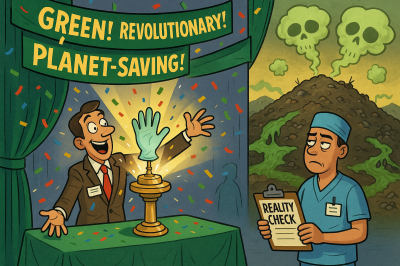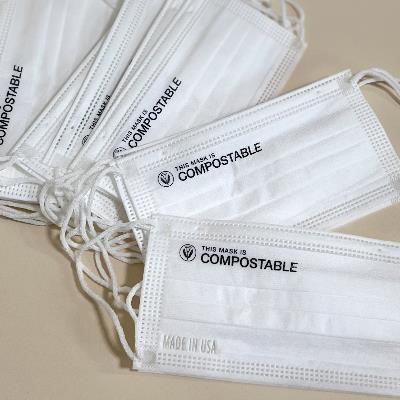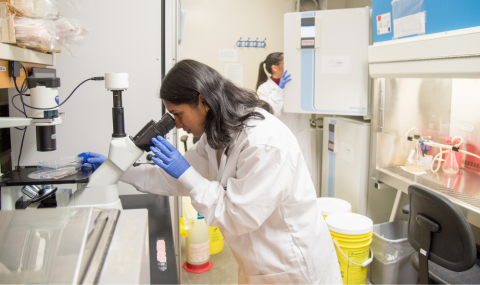 Last year, our hospital was close to making what seemed like a big environmental win — switching to biodegradable nitrile gloves. The vendor’s pitch was compelling: less landfill waste, fewer microplastics, renewable energy from captured methane! It sounded like a step forward for sustainability.
Last year, our hospital was close to making what seemed like a big environmental win — switching to biodegradable nitrile gloves. The vendor’s pitch was compelling: less landfill waste, fewer microplastics, renewable energy from captured methane! It sounded like a step forward for sustainability.
But when Infection Prevention and Control (IPAC) asked the LHSC Green Team for environmental benefit calculations, the numbers told a very different story. What we uncovered was a textbook example of greenwashing — a product marketed as “eco-friendly” that actually creates more harm than good.
The Problem with Biodegradable & Compostable PPE in Hospitals
 In Canada, almost all PPE waste ends up in landfills. In this anaerobic disposal environment, biodegradable gloves quickly break down into carbon dioxide and methane — a greenhouse gas 87 times more potent than CO₂ over 20 years.
In Canada, almost all PPE waste ends up in landfills. In this anaerobic disposal environment, biodegradable gloves quickly break down into carbon dioxide and methane — a greenhouse gas 87 times more potent than CO₂ over 20 years.
The reality is:
- Minimal methane capture: Open landfill methane capture rates can be under 20%, meaning most methane escapes into the atmosphere before a landfill is sealed.
- Higher emissions, not lower: Switching our 25 million annual nitrile gloves (about 100 tonnes) to biodegradable would create roughly 4,000 tCO₂e every year — equal to the annual emissions of over 1,200 gas-powered cars.
- Tiny landfill space benefit: Our glove waste would take 38,000 years to fill a landfill, making “space savings” meaningless.
 And the common claims don’t hold up:
And the common claims don’t hold up:
- “It saves landfill space.” True in theory, but the methane emissions far outweigh the benefit.
- “It reduces microplastics in oceans.” Not an issue here — Canadian landfills are engineered to contain waste.
- “The methane becomes renewable energy.” Only a fraction is ever captured; most leaks into the air long before energy recovery is possible.
Our Counterintuitive Win
By staying with our existing gloves, we avoided tens of thousands of tonnes of future greenhouse gas emissions. This decision wasn’t flashy, but it was the right one for the planet — and for our hospital’s credibility.
What Staff Can Do Instead
- Use PPE appropriately. Overuse drives waste. Training and awareness campaigns, like those from CASCADES and the Canadian Coalition for Green Health Care, can help.
- Choose reusables where possible. They almost always have a lower environmental footprint.
- Support fact-based procurement. Ask for life cycle analyses, not just marketing claims. Reach out to the LHSC Green Team if you'd like some help investigating a choice as sometimes what the vendors tell you and reality aren't aligned.
Bottom line: Not every product labeled “biodegradable” or “compostable” is better for the environment. Sometimes, the most sustainable choice is the one that resists decay — and avoids turning into a potent greenhouse gas in our landfills.


